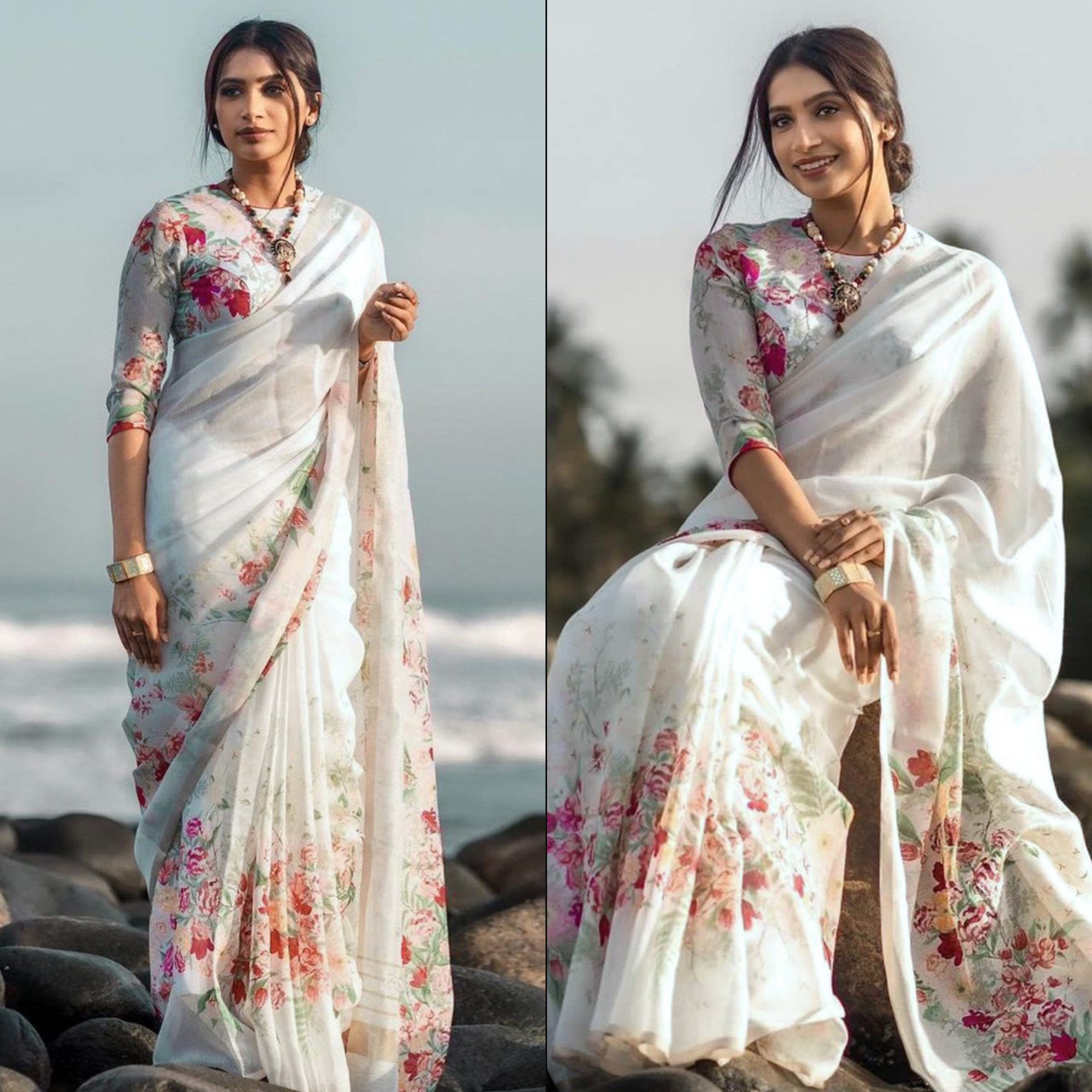The sherwani is the traditional ethnic wear for men in India. What could be called a hybrid of a long coat and an achkan, the sherwani is usually paired with a churidar pyajama and ethnic shoes.

The Sherwani Saga
The sherwani first came into the knowing way back in the 17th century or perhaps a little earlier than that too. But in India, the sherwani made its entry only during the Persian rule. When the Mughals invaded Delhi, their native dress sherwani made its way too into the Indian culture.
However many historians and analysts of the historic and pre-independence period believe that contrary to the popular belief, the sherwani gained popularity in the Indian society during the British rule and not the Mughal Empire. The sherwanis that were seen being adorned by the Indian men even during the pre-independence ears was starkly different from the sherwani style rampant during the Persian and the Mughal period.

The best collection of Men's Kurtas Online!!
When the British came to India using East India Company to garner their foothold, lot of Mughal kings in order to impress the British gifted them royal sherwanis. Several references of this can be found in the testimonies put down by the early British invaders.
Mutiny of 1857
Post the mutiny of 1857, the Mughal empire got completely wiped out from
India. But a part of their culture still stayed with India, more still with the princely states. This is when the Rajput sherwani came into picture- it was more of a fusion between the Mughal sherwani with a Rajputana touch.
Maharaja Sawai Singh of Rajasthan was the first one to adorn the hybrid version of what is still prevalent as sherwani today- the Indo-western sherwani.
The sherwani had embroidery all over it and quickly became identified as the royal attire of the kings. Sometime in the 1890s, the achkan was modified and given a more hybrid version of the sherwani- which gained immense popularity across the country from North to South and East to West.

According to a written evidence supported by pictorial evidence, in the mid 1900, during the mass coronation of kings in Delhi durbar, all the attendees wore the sherwani.
Way back in 1927, the Hindu Shabdkosh or the official Hindi dictionary on record acknowledged sherwani as (sic) “Sherwani – (noun) a type of ‘anga’ (upper garment) cut in English style. Its speciality – Its length is till the knees. Fabric extensions, panels and gussets are not cut and stitched or attached in this garment (basically meaning that they are missing from the garment). Where the buttons are attached in the centre front, the lower part (below the waist) has an extension, which is actually a fabric cut broader than the part where the buttons are attached, so as to tie this inside with the other side seam, with ties or buttons. Muslims wear it more than others”
The common myth suggests that sherwani was introduced and popularised by the Mughal kingdom but with all the excerpts stated above, it can be safely concluded that the sherwani found its foothold among the Indian masses only after the exclusion of the Mughal era in India.
The Classic Sherwani
The typical sherwani today takes various names- Nawabi sherwani, Rajputi vsherwani, Jodhpuri sherwani, Pathani sherwani- all of which are similar with minor variations in their cut here and there. The sherwani is typically accompanied by a jodhpuri or as sherwani churidar asnd exuded the best effect when accessorised with a mojri- the Rajasthani or Kolhapuri style.
The sherwani typically runs down till knee length and is of body fit. Like the ancient times, a sherwani today also is a mark of royalty and magnificence.
The Sherwani Today
The Sherwani is a reflection of India’s glorious past- it is bespoke of our rich culture and heritage. The official dress code of the President of India during commemoration of ceremonies is the classic black sherwani paired with white churidars.

No Indian wedding is complete without the Groom’s sherwani. Be it the sherwani suit or the sherwani coat or the Indo-western sherwani, today’s men have a strong fancy for this classic apparel which makes them look as dapper and debonair as ever. It is elegant, full of our cultural history and has all the elements of aristocracy and grandeur. The wedding sherwanis are more extensively crafted with intricate embroidery and in pastels too to give off the festive look.
The ramp shows too always have an inclusion of this classic ethnic menswear. And not just in India, the Indian sherwani has a huge fanbase globally with a lot of takers in European and Asian countries.
It’s interesting how this age old attire which traversed down centuries with slight modifications here and there still resonates with our esteemed and precious heritage and how the generation has very gracefully imbibed it in its fast pacing and fashion forward life!






















